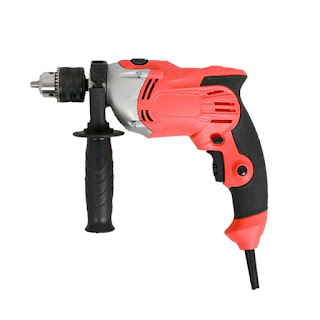Mud Pumps and Water Pumps: Why Do You Need Them?
When it comes to mud transport, familiarity with the pump and its components is a matter of course. However, it is also important to understand the components of each element of slurry transport. This understanding begins with a few basic questions: "What is the difference between a slurry pump and a water pump?" "What is special about slurry pumps?" and "What slurry pumping devices are available?"
Slurry Pumps vs. Water Pumps
The difference between slurry and other fluid types is the presence of solids - gravel, copper or sand - in the fluid. Although in many cases this fluid is water, slurries may contain solvents, such as acids, alcohols or petroleum. Those non-aqueous components, whether solids or solvents, require slurry pumps.
In contrast to the narrow and often inexpensive components of pumps, large replaceable slurry pump components are made of strong and often specialized materials. These parts allow the pump to efficiently and safely move almost any type of solids in the slurry. Pumps, on the other hand, lack the hydraulic capacity to move solids and cannot withstand the particle wear and chemical corrosion that slurries can cause.
Special about slurry pumps
Due to the characteristics of the large impeller diameter, the shaft, bearings and internal passages as well as the heavy duty construction, slurry pumps can withstand a wide range of wear and tear. On an industrial level, slurry pump features incur higher upfront and operating costs compared to water pumps. However, only slurry pumps are effective in the hydraulic transfer of solid materials, and the long-term benefits exceed the initial costs.
When something rotates rapidly around the center, centrifugal force pushes it outward.
The key to a slurry pump's success is to generate centrifugal force that pushes the material outward from the center of the pump. This is in contrast to the centripetal force that pushes the material toward the center. Slurry pumps must operate according to the centrifugal principle because the forces that transfer velocity to the slurry accelerate the conveying process. On the other hand, a centripetal pump is impractical because solids in the slurry will accumulate rather than flow freely.
Mud pump units
After understanding these basics, it is also important for anyone looking to install a slurry pump to understand the specific environment required for each type of pump. Three types of slurry installations exist.
Wet - In this installation, the slurry pump and drive are completely submerged. This is necessary for certain slurry pump applications, such as underwater operations.
Dry - In this installation, the pump driver and bearings do not come into contact with the mud. The wet end - which includes the housing, impeller, hub or suction liner, and sleeve or stuffing box - is separate and free of any surrounding liquid. Mud pump technicians install most horizontal pumps in this manner.
Semi-dry - This special arrangement is used for horizontal pumps in dredging applications. The operator submerges the wet end and bearings, but keeps the drive dry. In this case, the bearings require special seals.
Although this guide provides an overview of slurry pumps and their installation, there is much more to learn. For those who want more LONGWEI is always here to help. LONGWEI can make sure you choose the right slurry pump installation to meet and exceed your slurry transfer needs. To see a list of all our products and how they can benefit you, please contact us.

评论
发表评论